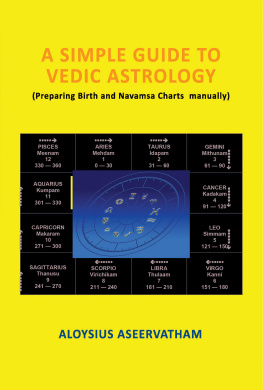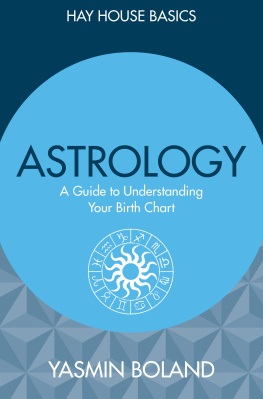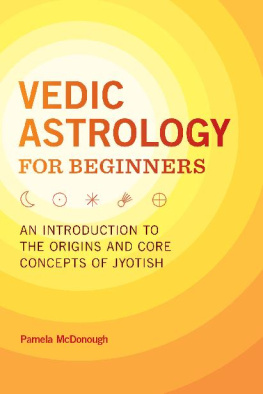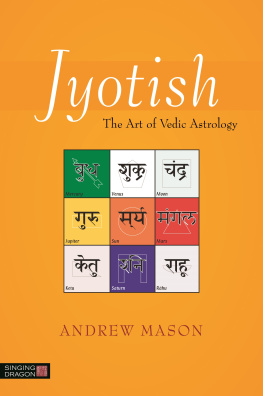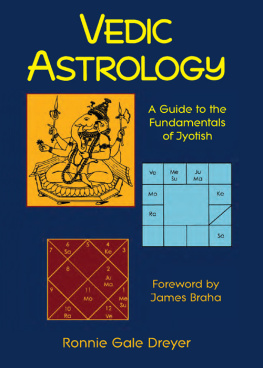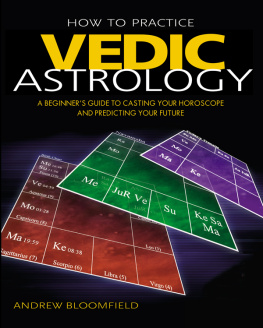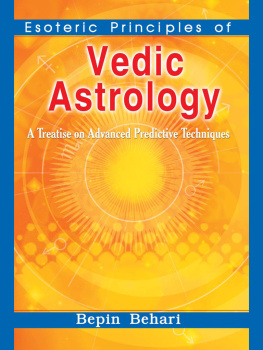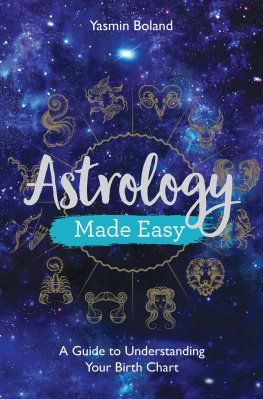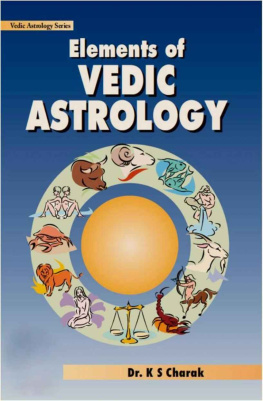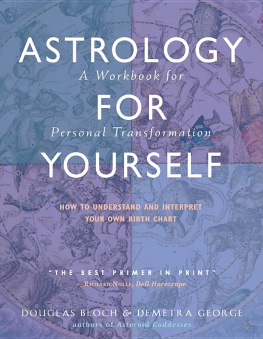A SIMPLE GUIDE TO
VEDIC ASTROLOGY
(Preparing Birth and Navamsa Charts manually)

ALOYSIUS ASEERVATHAM
2017
Copyright 2017, Aloysius Aseervatham
All Rights Reserved
No part of this book may be reproduced, stored in a retrieval system, or transmitted by any means, electronic, mechanical, photocopying, recording, or otherwise, without written permission from the author.
ISBN: 978-1-365-48986-0
eISBN: 978-1-970024-16-6
TABLE OF CONTENTS
I grew up in Jaffna, a town in the northern part of Sri Lanka in the 1940s in an orthodox Catholic family. My great grandparents were Hindus, but we had set aside those ways by the time my generation was born, converted to a religion introduced to our island by the Portuguese before the turn of the last century. In the 1940s and 50s, we went to church every day. On Sundays, we dressed in our Sunday best to attend Sunday mass. For the first twenty years of my life, religious activities were the most important activities in our family.
In this island paradise Christians and Catholics were a minority, and our centuries-old customs prevailed in everyday life. Astrologers and palm readers roamed the streets; at best they were seen to be frivolous entertainment, and at worst they represented heresy against God; the devils work, to be precise.
Until I was in my twenties, any subject that was outside the school or university curriculum did not interest me in the least. Still, when I started reading newspapers, I found myself intrigued by the astrology column in the entertainment section of the local newspaper. The notion of predicting the future based on a date of birth seemed preposterous, yet there seemed to be some sort of pseudo-science at work in astrology. It seemed almost pedantically mathematical and, as a mathematician, this made me curious. Witchcraft and heresy that relied on mathematics? Strange indeed! Something didnt add up.
During this phase of my curiosity, I came to know that my father had a deep interest in astrology deep enough to consider writing a book on it (which he eventually did, by the way under the name Sothida Thiravukol). My father was a worldly character with a very balanced and open view of life. He was a mathematician, a teacher, author, philosopher and a businessman who could confidently navigate the polar opposites of religion and astrology.
I wondered how he reconciled our religion and this obviously pagan belief with its oddly scientific structure. I must admit he had a reasonable and balanced view; one that Ive tinkered with and adapted to my own view of life over the last half a century. It allows me to retain my deep spiritual and religious beliefs while indulging in my passion for this fascinating aspect of occultism. Astrology is not for everyone, and I certainly respect the views of those who dont believe in it, but here it is in a few short sentences.
1) God created all things on earth; stars and planets in the cosmos, things we can see and things we cant (yet) see.
2) He gave us the capacity to understand the purpose of His creations.
3) He gave us the capacity to understand and make use of any knowledge relevant to our lives.
Many people get hung up on the apparent accuracies and inaccuracies in astrology. I have a more relaxed attitude to accuracy. My hypothesis is that astrology is a bit like a weather forecast, some sort of guidance that allows us to plan the barbecues of life. Not a foolproof means of predicting rain, hail and sunshine, but something that gives us an inkling of whether an umbrella or sunglasses should be in our bag.
The purpose of this book is to shed some light using my own teaching style, on the basics of Vedic Astrology and the manual method of preparing birth charts with reference to Tamil Panchangam. Although one can get birth charts using computer astrological software, those mathematically minded prefer to get an understanding of the interesting calculations and references involved in preparing them. For people who are curious about planetary major and sub-periods a basic knowledge of these is also given in this book.
~ Aloysius Aseervatham
DEDICATION
This book is dedicated to
The Late M.V. Aseervatham
of Jaffna, Sri Lanka
Astrology segments the sky into twelve sectors; if you think of the sky as a big spherical orange within which our solar system is the center, the zodiac is a bit like segments of an orange.
Scientifically, it is proven beyond a reasonable doubt that the planets in our solar system are Mercury, Venus, Mars, Jupiter, Saturn, Uranus, Neptune and Pluto (and of course the Earth, lying between Mars and Venus). Then there is the Sun. The Moon, being quite close to the Earth, exerts some physical influence on it (tides are an obvious one). Other planets have moons, but they are relatively small and far away, and so their influence on the Earth has been discounted.
Vedic astrology introduces two new players into the game; two other forces in our solar system and calls these forces Rahu and Kethu. Rahu and Kethu are not planets, even though they are described in Vedic astrology as shadow planets. Their positions are mathematically and physically definable in the zodiac. One possible reason for their existence is that the sum of influences from the Sun, the Moon, Mercury, Venus, Mars, Jupiter and Saturn were insufficient to explain all astrological influences on a human life, and so something else was needed a proxy (two, in this case!).
The planets Rahu and Kethu orbit in a direction opposite to that of the other planets.
Birth charts are an important part of the astrological construct. The Vedic birth chart is square in shape with 12 divisions of the zodiac and aligns with 27 constellations. Vedic astrology uses a number of other charts, in association with the birth chart, to colour in some detail. Of these a chart called the Navamsa Chart is used to infuse a great deal of colour. Few Vedic astrologers would use a birth chart alone; most would use the birth chart and Navamsa as a minimum; others may use more.
Unique to Vedic astrology are 27 Nakshatras or lunar constellations which are directly connected to the moon. Each birth is associated with one of these 27 Nakshatras.
The necessary information required for the preparation of astrological charts is obtained from an almanac or an ephemeris. The one used by the Tamils is called the Tamil Panchangam.
The Tamil word Panchangam is derived from the Sanskrit word Panchanga. In Vedic astrology, it means the five attributes of a day. They are:
Thithi A thithi is a lunar day. There are 15 thithis in the waxing cycle of the moon and another 15 thithis in the waning cycle of the Moon.
One thithi equals 12 degree difference between Moon and Sun. Thithi can be good or bad and plays an important part along with Nakshatras in Hindus daily life as well as in special activities when selecting muhoortham (auspicious time).
Nakshatras Nakshatras are the 27 divisions of the zodiac based on the moons daily motion. The Nakshatras are one of the oldest references to astrology from the Rig Veda, dating back about 5,000 years.
Yoga Yoga is the period during which the joint motion of the sun and the moon totals to 1320. There are 27 Yogas. Each Yoga has a characteristic associated with it.
Karana Karana is half of a Thithi. There are 11 Karanas altogether. One Karaa equals 6 degree difference between Moon and Sun.
Var days Var days are the seven weekdays. A day is defined as the period between sunrise on one day to the sunrise on the next day.
Next page
